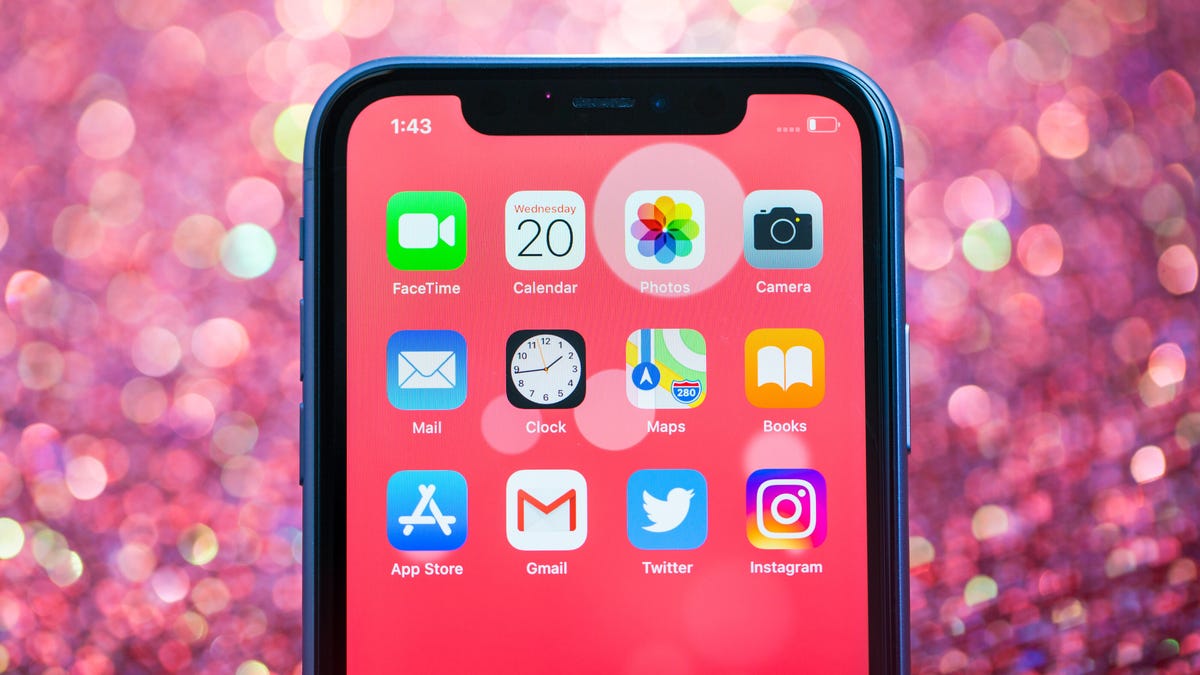Apple's next iPhone could have Qualcomm's new ultrasonic fingerprint reader
Future iPhones could come with the 3D Sonic Max fingerprint scanner.

The next iPhone could come with an ultrasonic fingerprint reader from Qualcomm.
Apple is reportedly planning to use Qualcomm's new ultrasonic fingerprint reader in its future iPhones . The tech giant is partnering with Taiwanese touchscreen maker GIS to develop an iPhone for 2020 or 2021 that can use the under-display tech, according to MacRumors citing Economic Daily News.
Qualcomm unveiled its new 3D Sonic Max ultrasonic fingerprint reader earlier Tuesday during its third annual Snapdragon Technology Summit. Compared with Qualcomm's 4mm by 9mm ultrasonic fingerprint scanner used on the Samsung Galaxy S10 and Galaxy Note 10, the new one measures 20mm by 30mm. (The earlier, smaller one faced criticism after security issues.)
Apple didn't immediately respond to a request for comment.
The tech giant's history of working with Qualcomm on phone chips is long and complex. Apple had originally used modems from German company Infineon when it first launched the iPhone, before switching to Qualcomm in 2011. Intel then bought Infineon in 2011, but those chips weren't used again until the iPhone 7 and iPhone 7 Plus in 2016 after a dispute over Qualcomm's licensing fees.
When Apple and Qualcomm settled their legal battle and reached a multiyear 5G chip deal in April this year, Intel exited the 5G phone modem business.

